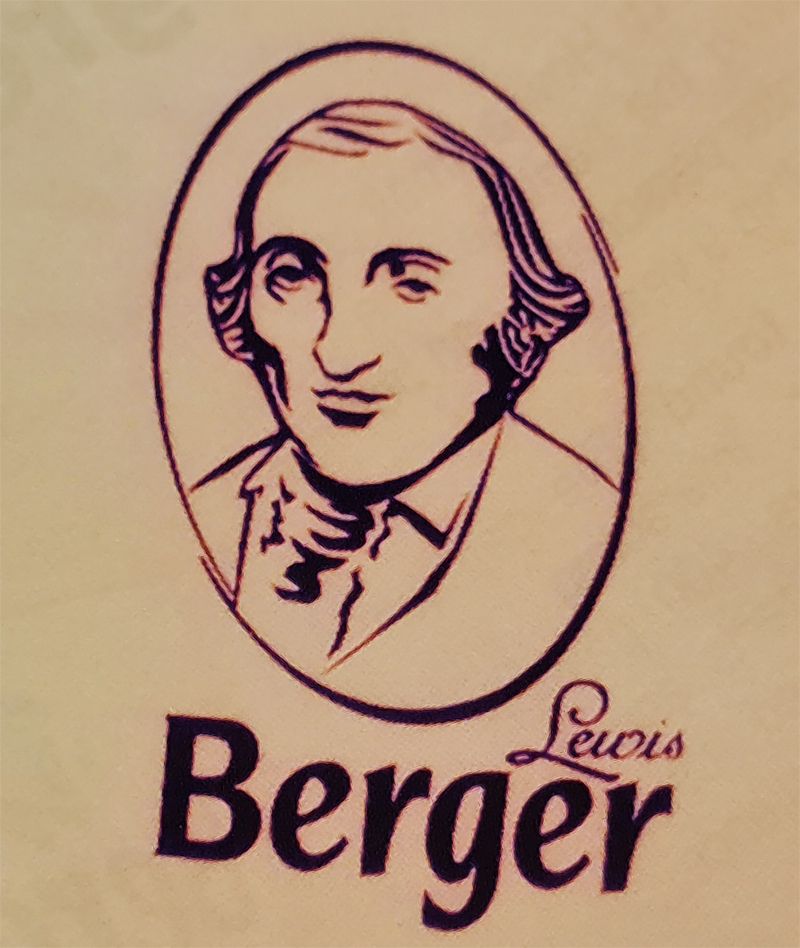
Lewis Berger (retail paint industry): Transforming an industrial archetype paint category in the hardware market to become a decorative paint for a stylish lifestyle. Launched in 2005.
CONTEXT
In 1923, a small colonial venture called Hadfield (India) Limited was producing stiff paints, varnishes and distempers in Howrah, West Bengal. This company became British Paints in 1947, and in 1969 was acquired by Berger, Jenson & Nicholson, UK. This marked the beginning of Lewis Berger’s legacy in India. In 1983, with the dilution of foreign holding in the company, the name British Paints was changed to Berger Paints India Ltd. While Berger was India’s Number 2 player in the paint market, in terms of revenue, its distance from the market leader was very high. We were appointed in 2004 to see how to reduce this gap and bring in the company’s growth.
PURPOSE
New trends were emerging and old habits changing in India due to the country’s economic reforms since 1991. The latent aspect was mutating in the customers’ mind. So the perspective of wall paint being for home protection was changing to wall painting being part of decorative living style.
OBJECTIVE
How to transform the industrial connotation of wall painting in India to make it enter the housewife’s decorative imagination for distinctive design living?
STRATEGIC EXECUTION
There was an implicit wrong perception propagated in the market that Berger product quality was not optimal in coverage area, that more Berger paint was required to cover the same area. This was unnecessarily making Berger brand adopt a defensive stance to prove itself. We ran a massive blind research across the country with 1200 customers, 400 painters and 350 retail stores. Here we found that Berger’s product has no deficiency from the leader. We also realized that the whole paint market looked very industrial and lacked the proximity of a retail product for home decoration for customers. Berger’s brand profile was very low in the market. The category was totally driven by the middlemen, the professional painters. The end-customer proximity to the category was practically not there.
In the Berger CEO’s room, we found a British gentleman’s picture without any name below it. We took the picture and looked at the historical background of Berger. We discovered this was Lewis Berger who in 1760 had invented Prussian blue with a secret process using indigo colour. That led us to change the brand name for paints to be Lewis Berger, recalling the authenticity of the creator of surface paint since 1760. We established “Paint your imagination” as the communication platform. This very clearly defined how the Lewis Berger brand can create a huge proximity in the living style of customers by directly addressing retail offtake by end-customers, rather than the middlemen. This was a paradigm shift for making the brand’s growth with strong BTL activities.
Another practical drawback in this market was that the application description, product category and surface coverage were not revealed in the packaging in a friendly way. It was more for professional understanding. This kind of category is highly driven by wide variety and SKUs. So dilution of the focus is evident. With so many products in the market, it was difficult to find the usage purpose of each product. Only professional painters with experience could figure out where each paint type was to be used, indoor or outdoor, and what the quality and character of the paints were. With Lewis Berger “Paint your imagination” we created a modern shield as the brand entity. Inside this we mentioned the brand’s origin in 1750. In a strong brand architecture, we gave importance to the paint’s application place on top of the brand. At the bottom we gave the description of the product, while in the back panel we included a summary of Mr Lewis Berger with his graphic portrait. For the BTL, we designed retail shop signages like a Lewis Berger fashion code. This has changed the brand’s perception in the paint market, directly attracted end-customers when went through the professionals. The whole packaging design was done in a cosmetics design so it became closer to the end customer’s choice, and became a household name. The new branding helped the company grow very fast.
